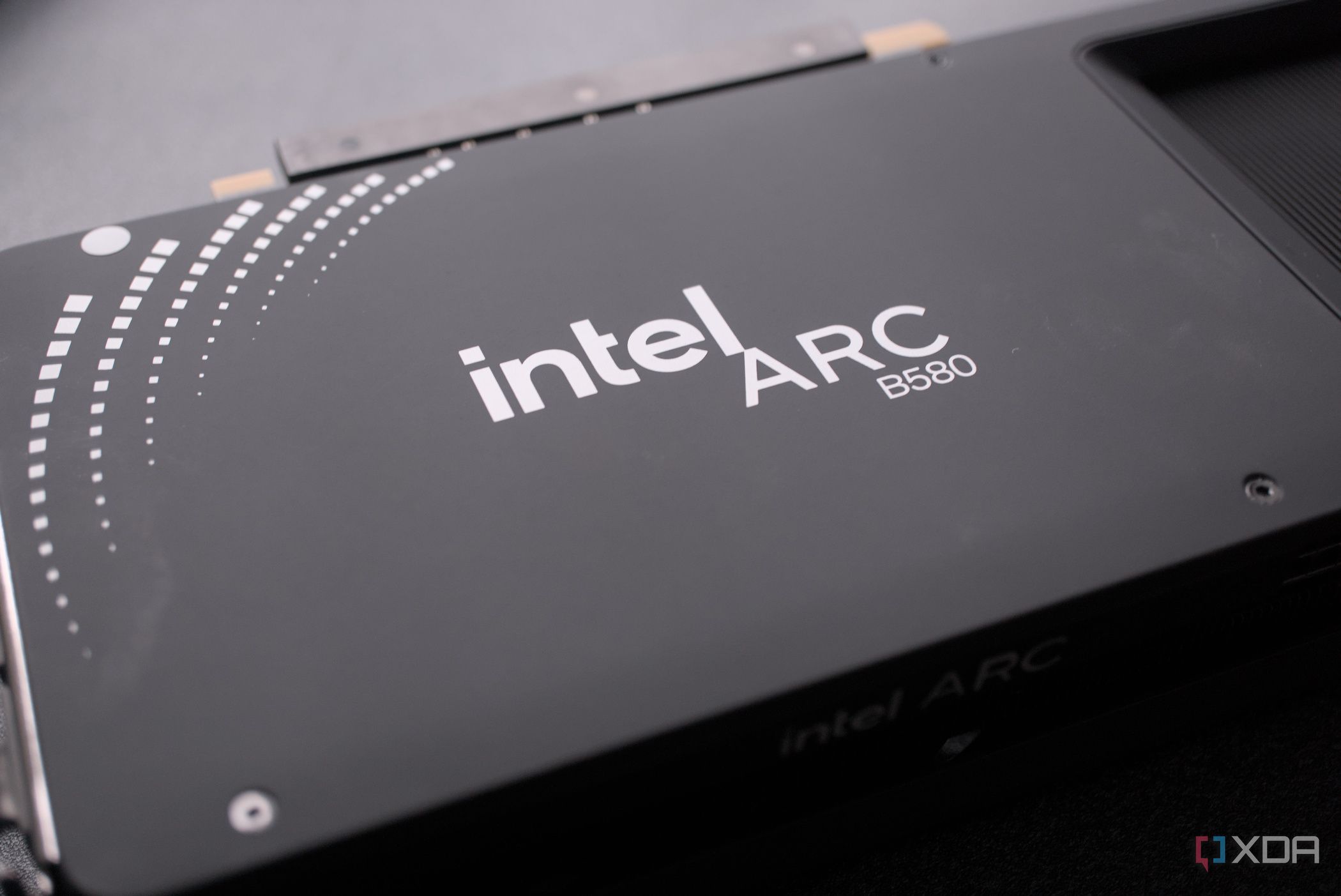UPDATE: Nvidia and Intel have just announced a groundbreaking partnership that could reshape the landscape of personal computing and artificial intelligence. The deal, involving a staggering $5 billion investment from Nvidia into Intel’s stock, aims to integrate Nvidia’s NVLink technology into Intel’s upcoming CPUs, marking a pivotal moment for both companies.
This partnership comes as a surprise, as Nvidia has historically collaborated with Arm-based CPUs rather than Intel’s x86 processors. The implications are profound, especially for Intel’s Arc GPU platform, which could see a significant transformation. While there are concerns that this deal may threaten Intel’s discrete GPU business, it could also elevate the Arc brand to new heights.
What We Know: The agreement allows Intel to manufacture both data center and client CPUs for Nvidia, utilizing the NVLink interconnect. Although initially focusing on AI and data center applications, this collaboration could have ripple effects on gaming technologies as well. Intel’s role extends to producing client System on Chips (SoCs) that will integrate Nvidia’s RTX GPU chiplets, although specifics on their intended use remain unclear.
Intel’s Arc graphics division has been steadily evolving, launching its first discrete GPUs in 2022 with the Arc A750 and A770. With the anticipated release of the next generation expected early next year, this partnership could accelerate development, enabling Intel to incorporate Nvidia’s advanced graphics technology into their products.
In a potential game-changer, the integration of Nvidia’s RTX GPU cores into Intel’s SoCs could start as early as 2027. However, this raises concerns about the future of Intel’s existing Xe GPU cores, which currently power the Arc platform. The merger might also lead to a dual-GPU solution, combining Nvidia’s RTX technology with Intel’s Xe cores, enhancing performance and gaming capabilities.
As Intel’s Arc GPUs have demonstrated improving performance, particularly with budget models like the Arc B580, the synergy with Nvidia’s technology could create a formidable competitor in the gaming market. The collaboration allows for the possibility of integrating Nvidia’s DLSS technology into Intel’s offerings, addressing one of Arc’s most significant challenges: its limited library of optimized games.
AI Means Better Gaming: The partnership is not solely focused on gaming but emphasizes AI, which could inadvertently boost gaming experiences. AI-driven technologies like DLSS and Intel’s XeSS are becoming increasingly vital for modern graphics, with demand surging in both gaming and AI workloads. The benefits of this collaboration could enhance graphics performance, even in devices primarily designed for AI tasks.
While specifics are still emerging, this alliance could also signify a shift toward domestic chip production in the U.S., with Intel ramping up operations at its Arizona and Oregon facilities. Nvidia’s pursuit of a domestic manufacturing partner to mitigate potential tariffs underscores the strategic nature of this partnership.
The full scope and potential benefits of the Intel-Nvidia collaboration are still unfolding, but it could lead to significant innovations in both AI and gaming. As the tech community watches closely, the implications for the Arc platform and the broader GPU market remain to be seen.
For now, the industry is abuzz with speculation on how this partnership will evolve and what it means for consumers and businesses alike. As the details unfold, one thing is certain: the Nvidia-Intel deal has the potential to redefine the future of computing and gaming. Stay tuned for more updates as this story develops.
